As we approach 2025, the demand for effective vapour detector solutions is reaching new heights. Concerns about indoor air quality, regulatory compliance, and health risks have made the vapour detector a crucial tool in safeguarding modern environments.
This handbook is designed to guide you through every step of understanding, selecting, and implementing the right vapour detector for your needs. Discover how these devices play a pivotal role in safety strategies and compliance with evolving standards.
You will find insights on the latest technology, must-have features, practical installation tips, ongoing maintenance, and future trends. Ready to make informed decisions? Read on and unlock the essentials for vapour detector success.
Understanding Vapour Detectors: What They Are and Why They Matter
Vapour detectors have become crucial tools for maintaining safe, compliant, and healthy indoor environments. Understanding what sets a vapour detector apart, how it works, and where it delivers the most value is essential for any organisation aiming to stay ahead of regulatory and health trends. This section explores the science behind vapour detection, real-world applications, health and safety impacts, market trends, and common misconceptions.
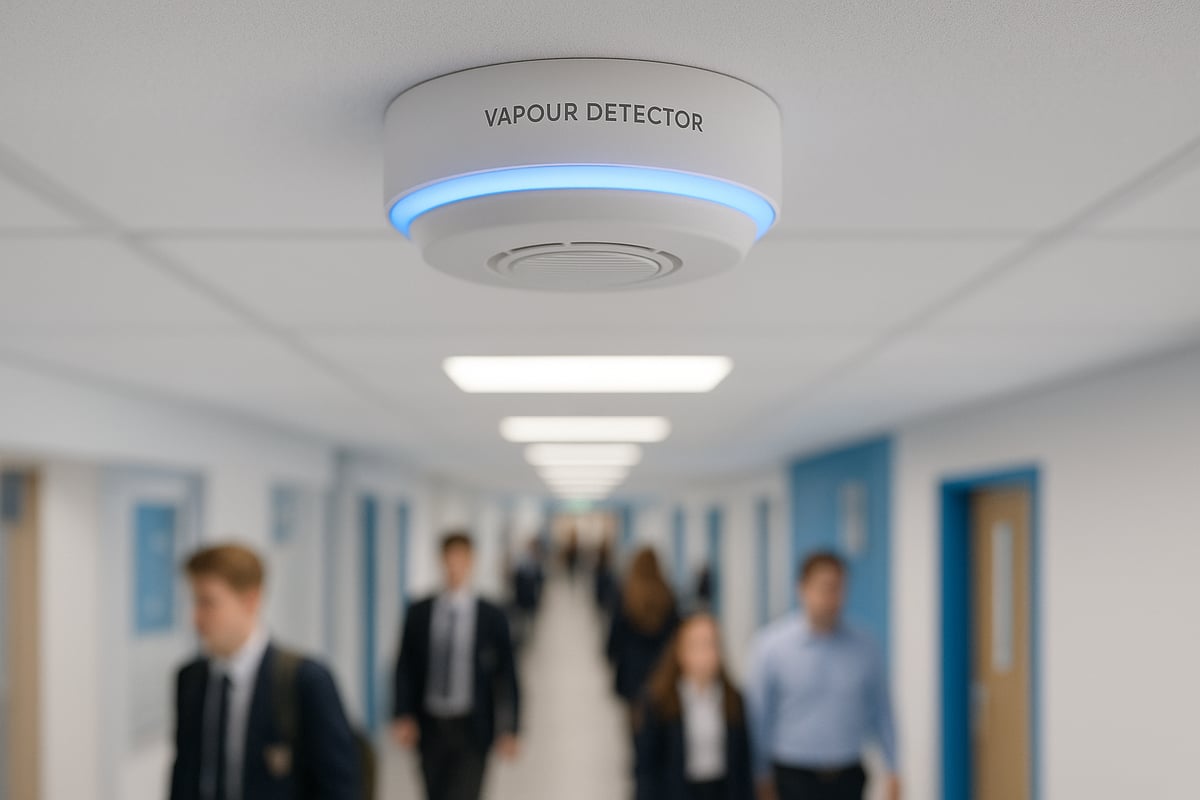
The Science Behind Vapour Detection
At its core, a vapour detector identifies airborne substances using advanced sensor technology. These devices can detect a range of chemicals by analysing changes in air composition. Many modern vapour detectors use chemical sensors, laser-based detection, and even artificial intelligence for improved accuracy. For example, a vapour detector can differentiate between vapour, smoke, and gas, which is vital in environments where multiple threats exist. Commonly detected substances include nicotine, THC, spice, and solvents.
Sensitivity and specificity determine how precisely a vapour detector recognises target substances without mistaking harmless compounds. For a deeper look at these technologies, the article How Vape Detectors Work provides a comprehensive breakdown of sensor innovation and detection methods.
Key Applications and Use Cases
Vapour detectors are now standard in schools, offices, healthcare facilities, and public venues. Their adoption is driven by the need to comply with health and safety policies and prevent substance misuse. For instance, schools using vapour detectors have reported a 94 percent drop in vaping incidents, reflecting a direct impact on student behaviour.
Key applications include:
- Monitoring restrooms and communal areas
- Supporting regulatory compliance
- Reducing anti-social behaviour
By providing reliable data, a vapour detector helps facility managers enforce rules and create a safer environment.
Impact on Health and Safety
The health implications of airborne vapours are significant. Second-hand exposure to substances like nicotine and THC can harm vulnerable groups, such as children, patients, and employees. A high-quality vapour detector protects these populations by alerting staff to unauthorised vaping or substance use, enhancing overall wellbeing.
In addition, organisations must comply with legal standards, such as the UK Smoke-Free legislation. Using a vapour detector supports these obligations and demonstrates a commitment to maintaining superior indoor air quality.
Market Growth and Trends for 2025
The market for vapour detectors is experiencing rapid growth, with projections indicating an 8 percent CAGR through 2025. Educational institutions, leisure operators, and corporate offices are leading the adoption curve. New trends include AI-powered analytics and seamless integration with building management systems, making vapour detectors smarter and more responsive.
As regulations tighten and awareness of air quality grows, demand for reliable vapour detector solutions continues to rise. This shift is shaping the future of indoor safety and compliance.
Common Myths and Misconceptions
Despite their proven effectiveness, several myths persist about vapour detectors. Some believe these devices are simply upgraded smoke alarms, but vapour detectors operate with greater specificity and advanced technology. Concerns over privacy and false positives are often addressed through calibrated settings and transparent data policies.
It is also a misconception that a vapour detector can be easily bypassed. Industry experts and case studies reveal that modern devices are robust and reliable in real-world use, consistently delivering accurate results and supporting safer environments.
Key Features to Look for in a Vapour Detector
Selecting the right vapour detector is crucial for ensuring effective monitoring, compliance, and safety across various environments. Understanding the essential features helps you make an informed decision and maximise the value of your investment. In this section, we will explore the core attributes to consider, covering detection accuracy, alert systems, integration, user experience, and support.
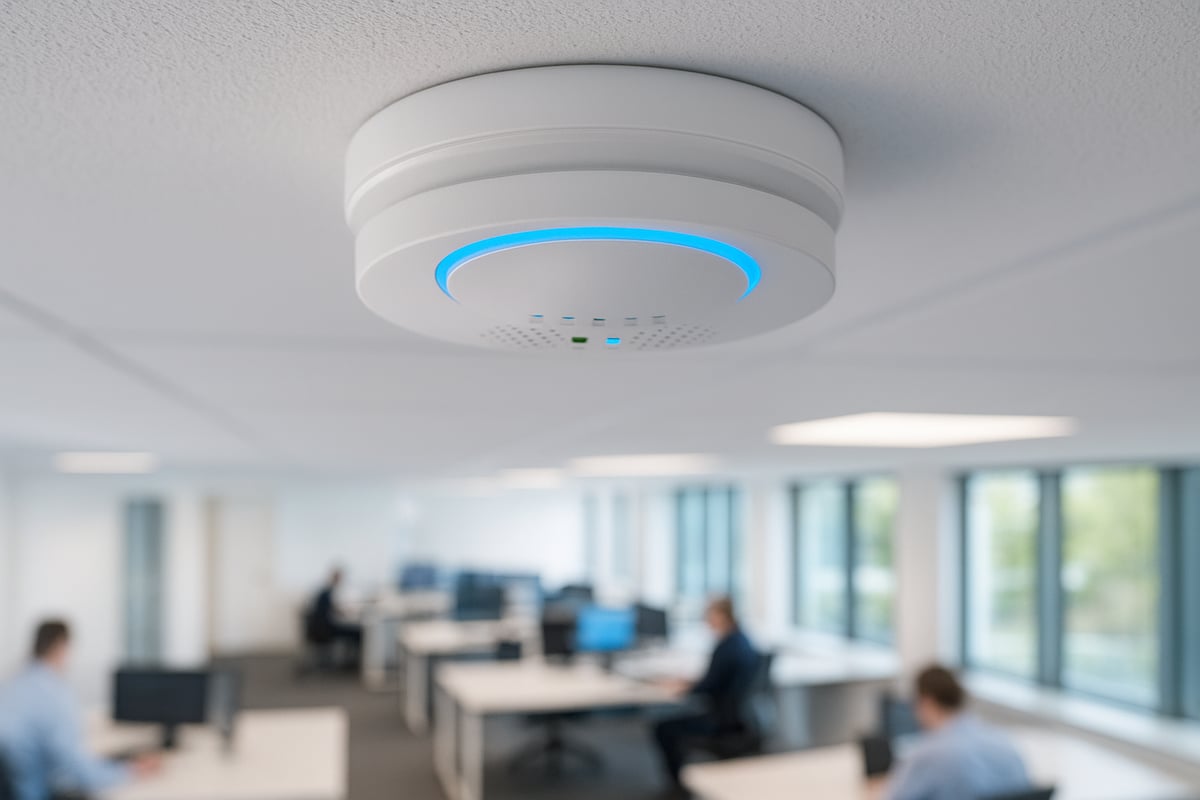
Detection Capabilities and Sensitivity
The foundation of any vapour detector lies in its detection capabilities. A quality device will reliably identify a wide range of substances, including nicotine, THC, synthetic drugs, and aerosols. Sensitivity thresholds are vital as they determine how effectively the device can pick up trace amounts without missing incidents or triggering unnecessary alerts.
Multi-substance detection is increasingly important, especially in environments where various forms of vaping or substance misuse may occur. Advanced sensors now offer dual or even triple detection modes, ensuring comprehensive coverage. For example, leading detectors boast a 96 percent alert accuracy, reducing the risk of missed events.
To compare the latest features and find the best solution for your needs, visit the Best Vape Detector and Sensors page, which provides a thorough comparison of market-leading options. Choosing a vapour detector with robust sensitivity ensures your site remains compliant and secure.
Real-Time Alerts and Notifications
A modern vapour detector offers instant notifications to designated personnel via mobile apps, email, or on-site alarms. Customisable alert settings allow you to tailor notifications to different environments, ensuring the right people are informed at the right time.
Immediate response is critical for incident management. Real-time alerts empower staff to react promptly, reducing the duration and impact of any event. In practice, schools and offices equipped with real-time systems have seen response times drop significantly, helping to maintain a safe environment.
Integration with existing security or facility management systems further streamlines communication and enhances overall effectiveness. Quick, accurate alerts are a defining feature of any advanced vapour detector.
Integration and Compatibility
The ability to integrate your vapour detector with building management and security systems is a significant advantage. Look for devices that offer compatibility with common platforms, APIs, and software tools. This ensures seamless data collection and analysis, supporting a proactive approach to safety.
Multi-device networking enables coverage across larger facilities, such as schools or corporate campuses. For example, integrating detectors with IT infrastructure allows for centralised monitoring and efficient management. Selecting a future-proof vapour detector guarantees your investment remains relevant as technology advances and new threats emerge.
User Interface and Reporting
An intuitive user interface is essential for administrators and staff managing a vapour detector system. Dashboards should provide real-time monitoring, historical data, and trend analysis at a glance. Customisable reporting features support compliance and make audits straightforward.
Accessibility is key. Look for web and mobile access options that allow remote management and oversight. Data-driven insights help inform policy improvements and enable you to respond to emerging patterns quickly. A well-designed vapour detector interface streamlines daily operations and supports continuous improvement.
Installation, Maintenance, and Support
Consider installation options when choosing a vapour detector. Some systems offer professional setup, while others are suitable for DIY installation. Assess your facility’s needs to determine the best approach.
Ongoing maintenance is crucial for reliable performance. This includes regular calibration and firmware updates. Leading providers offer over the air updates and dedicated support teams to ensure your vapour detector operates optimally. Comprehensive warranties and money back guarantees provide added peace of mind, making adoption a risk free decision.
Step-by-Step Guide: Selecting and Implementing the Right Vapour Detector
Choosing the right vapour detector is essential for protecting your environment, ensuring compliance, and maintaining air quality. This guide will walk you through each stage, from identifying your needs to ongoing system improvement. Each step is designed to help you make informed decisions and maximise the benefits of your vapour detector investment.
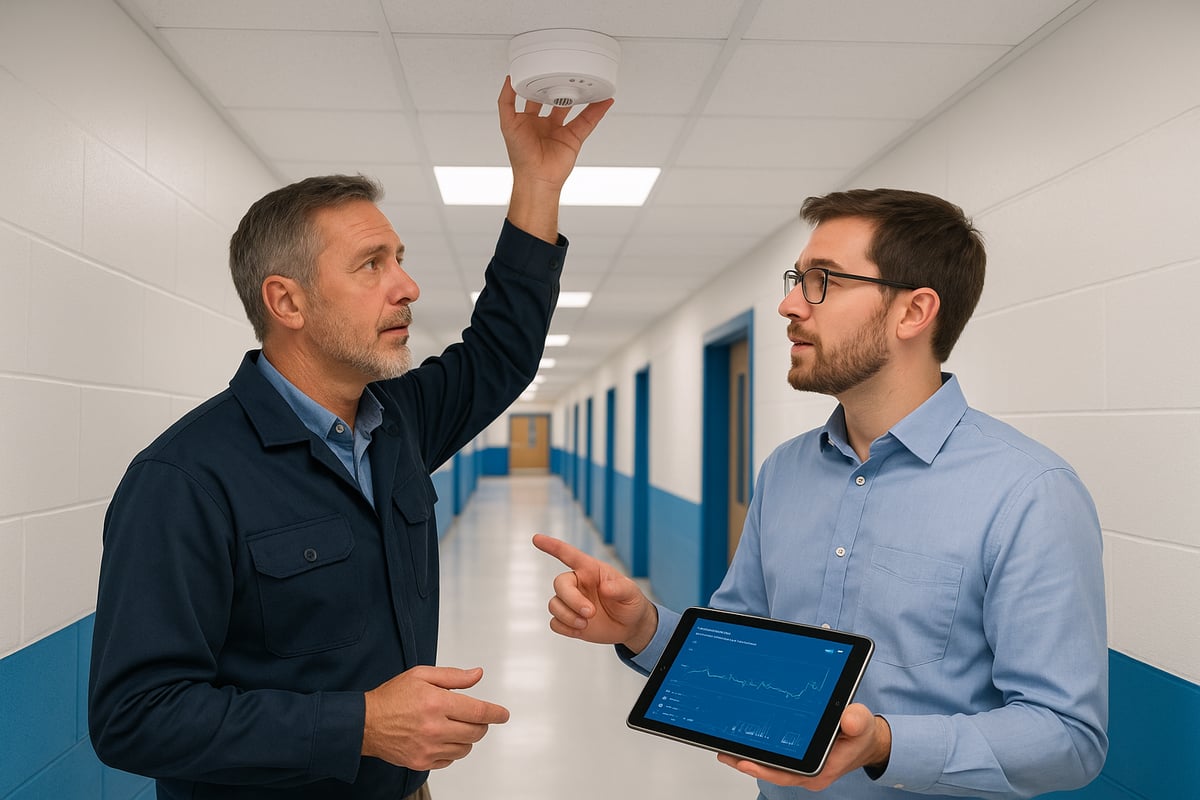
Assessing Your Needs and Environment
Start by evaluating the specific requirements of your site. Identify high-risk areas where a vapour detector is most needed, such as toilets, corridors, or communal spaces. Gather input from staff, students, and facility managers to ensure all perspectives are considered.
Review the latest regulations and compliance standards for your sector. Determine the coverage area and calculate the quantity of devices required for effective monitoring. For example, a school may need detectors in each block, while an office could focus on break rooms and restrooms.
A thorough needs analysis ensures your vapour detector deployment is targeted and cost effective.
Comparing Leading Vapour Detector Solutions
Next, compare the top vapour detector brands and models available in 2025. Evaluate key features such as detection range, accuracy, real-time notifications, and system integration options. Consider compatibility with your existing IT infrastructure for seamless operation.
Create a table to summarise your findings:
| Brand | Detection Range | Alert Accuracy | Integration Options | Price |
|---|---|---|---|---|
| Vape Guardian | Wide | 96 percent | Mobile, Web, API | ££ |
| Brand X | Medium | 92 percent | Email, On-site | £ |
| Brand Y | Wide | 94 percent | Full BMS, App | £££ |
Review customer testimonials and independent reviews for additional insights. For a detailed breakdown of investment, see the Vape Detector Cost and ROI guide.
Vape Guardian: Advanced Vaping Detection for Safer Environments
Vape Guardian stands out with UK-designed sensors capable of detecting vape, THC, and spice. This vapour detector uses AI-powered analytics to deliver real-time alerts and boasts a 96 percent accuracy rate.
Schools using Vape Guardian have reported a 94 percent reduction in vaping incidents within just five weeks. The system offers both mobile and web integration, making monitoring and reporting straightforward for administrators.
A free trial, a 100-day money-back guarantee, and dedicated UK-based support make Vape Guardian a reliable choice for those prioritising safety and compliance.
Planning Installation and Configuration
Effective installation ensures your vapour detector performs optimally. Conduct a site survey to identify the best locations for each device. Place detectors in areas with the highest risk, such as concealed corners or restrooms.
Decide between professional installation and a DIY approach based on your team’s expertise. Configure alert settings and integrate the system with your existing platforms.
Test each vapour detector after installation to verify sensitivity and functionality. Depending on your needs, consider a phased rollout, starting with priority zones before expanding to full coverage.
Training Staff and Raising Awareness
To maximise the impact of your vapour detector system, train staff on device operation and incident response. Develop clear policies for handling alerts and ensure all users understand their roles.
Provide educational resources to students or employees about the purpose and benefits of vapour detection. This reduces the likelihood of false alarms and builds a culture of accountability.
Ongoing support and refresher sessions help staff stay up to date with system features and best practices.
Monitoring, Maintenance, and Continuous Improvement
Regular monitoring and maintenance are critical for long-term success. Set up routine system checks and establish a maintenance schedule, including calibration and firmware updates.
Analyse incident data to identify trends and make informed adjustments to your policies or coverage. Gather feedback from users to improve system effectiveness.
Stay proactive by updating your vapour detector’s software and adapting to new substances or behaviours as they emerge. Continuous improvement ensures your environment remains safe and compliant.
Overcoming Challenges and Maximising Effectiveness
Modern vapour detector systems offer impressive reliability, yet effective implementation requires careful planning to address common challenges. By understanding potential pitfalls and adopting proven strategies, organisations can maximise the impact of their vapour detector investment and ensure ongoing success.
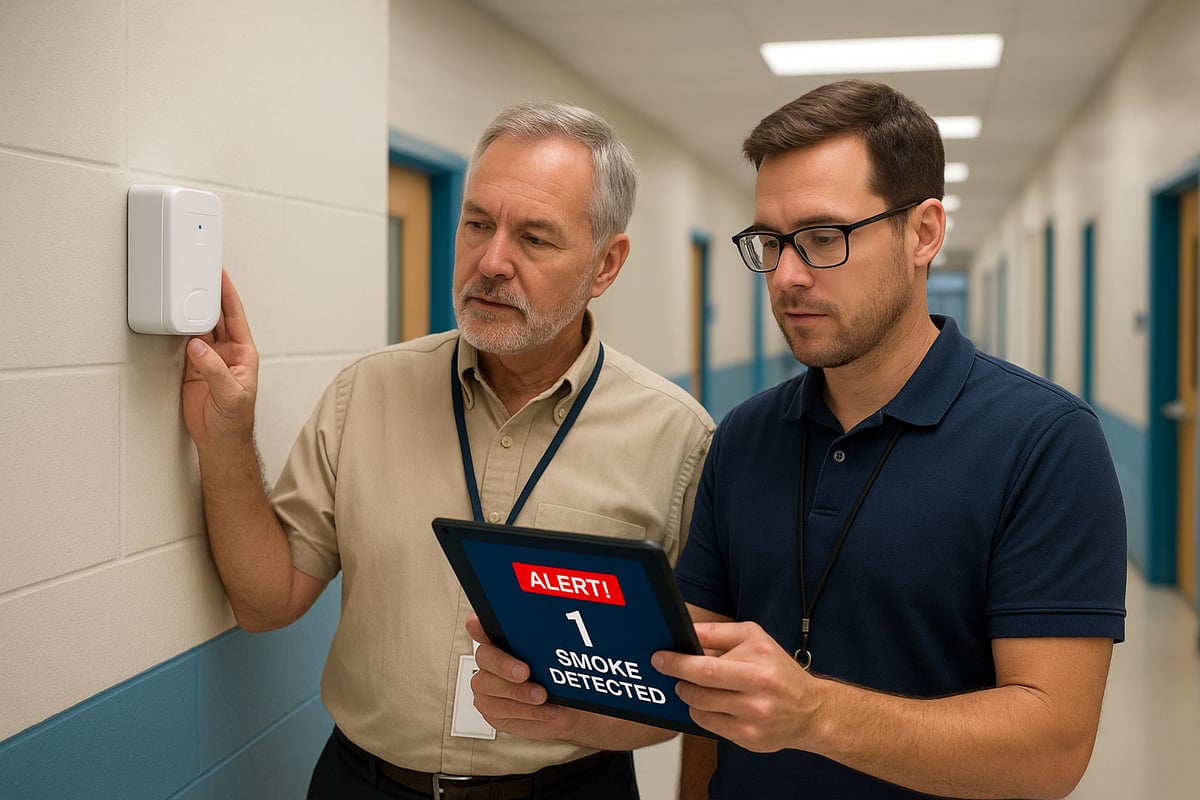
Addressing False Positives and Privacy Concerns
False positives can create unnecessary disruptions and reduce trust in a vapour detector system. Advanced devices leverage AI algorithms to filter out non-threatening events and adapt to specific environments. For instance, integrating artificial intelligence, as seen in leading AI integration in smoke detection systems, significantly improves detection accuracy and minimises nuisance alarms.
Privacy is equally vital. Modern vapour detector solutions are designed to detect chemical signatures, not record audio or video, ensuring compliance with privacy laws such as GDPR. Transparent communication about data usage builds confidence among users and stakeholders.
Dealing with Evasion and Tampering
Some individuals may attempt to bypass or tamper with a vapour detector. Common tactics include blocking sensors, covering devices, or using areas with poor coverage. To counter this, many detectors feature anti-tamper mechanisms and send alerts if interference is detected.
Strategic placement is crucial. Installing detectors in concealed or high-risk locations, such as toilets and secluded corridors, reduces the chances of evasion. Regular inspections and staff vigilance further strengthen the integrity of the vapour detector network.
Ensuring Stakeholder Buy-In and Support
Securing support from leadership, staff, and users is essential for a successful vapour detector rollout. Highlighting the health, safety, and compliance benefits can help address concerns and resistance to change. Sharing real-world results, such as those detailed in Vape Detection for Schools, demonstrates measurable reductions in incidents.
Engagement strategies include collaborative policy development and open forums for feedback. By involving stakeholders early and often, organisations foster ownership and long-term commitment to vapour detector programmes.
Measuring Success and ROI
Measuring the effectiveness of a vapour detector system is critical for continuous improvement and demonstrating value. Key performance indicators include incident reduction rates, compliance improvements, and response times. Analysing before-and-after data provides tangible evidence of impact.
Cost savings can also be quantified by comparing the expenses associated with incidents before and after implementation. Regular reporting to stakeholders keeps everyone informed and supports ongoing investment in vapour detector technology.
Adapting to Evolving Threats and Regulations
The landscape of vaping and substance use is constantly changing. New products and synthetic substances appear regularly, requiring continuous adaptation. Staying updated on regulatory requirements and emerging risks ensures your vapour detector system remains effective.
Ongoing training, firmware updates, and collaboration with industry experts help organisations respond rapidly to new challenges. By fostering a culture of learning and resilience, facilities can future-proof their vapour detector strategy and maintain a safe environment for all.
The Future of Vapour Detection: Innovations and Predictions for 2025
The landscape for vapour detector technology is rapidly evolving. As we look towards 2025, innovation is accelerating, driven by regulatory change, health priorities, and the demand for smarter environments. The future promises greater accuracy, seamless integration, and broader applications, making vapour detectors indispensable across industries. Let us explore the breakthroughs and trends shaping this next generation of air quality monitoring.
AI and Machine Learning in Vapour Detection
Artificial intelligence is revolutionising the vapour detector sector. Machine learning algorithms can now distinguish between harmless aerosols and harmful substances, significantly reducing false positives. By analysing data patterns, these systems adapt to new vaping products and substances, enhancing overall detection accuracy. Predictive analytics also allow facility managers to anticipate incidents before they occur, improving proactive intervention.
The integration of AI is closely linked to innovations in toxin detection biosensors, as highlighted in recent research on advanced biosensor designs. As a result, vapour detector solutions in 2025 will be more adaptive, self-learning, and precise, offering robust protection in dynamic environments.
Integration with Smart Building Technologies
Vapour detector devices are increasingly becoming part of the smart building ecosystem. Through seamless connection with IoT platforms and building management systems, detectors can trigger automated ventilation responses or alert security teams in real time. Centralised dashboards provide facility-wide visibility, allowing remote monitoring and rapid decision-making.
For example, a vapour detector in a smart office can communicate with HVAC systems to purify air instantly following a detection event. This synergy not only boosts safety but also supports compliance and operational efficiency, making it a vital investment for forward-thinking organisations.
Expansion of Use Cases and Sectors
The adoption of vapour detector technology is expanding beyond education and corporate spaces. In 2025, we will see rapid uptake in healthcare, retail, hospitality, and transport. Each sector has unique requirements, prompting the development of custom solutions to address specific risks and regulatory obligations.
Market analysis, such as the global vapour barrier market growth projections, underscores this trend, forecasting significant growth and segmentation. NHS facilities and major retailers are already piloting advanced vapour detector systems to enhance safety and meet evolving legal standards.
Sustainability and Environmental Impact
Sustainability is becoming a core consideration in vapour detector design. Manufacturers are prioritising energy-efficient components and eco-friendly materials, reducing the environmental footprint of each device. These advancements contribute to healthier indoor environments while supporting broader corporate social responsibility goals.
A modern vapour detector not only monitors air quality but also aligns with green building standards. By minimising waste and energy use, organisations can demonstrate their commitment to both occupant wellbeing and environmental stewardship.
Preparing for the Next Generation of Vapour Threats
The pace of innovation in vaping and synthetic substances demands continuous adaptation. The next generation of vapour detector technology will incorporate rapid response protocols and ongoing R&D to identify emerging threats. Collaboration across industries will be essential to stay ahead of new risks.
Training programmes will focus on raising awareness of novel substances, while self-updating detectors will ensure ongoing effectiveness. By fostering resilience and agility, organisations can protect their environments against the unknown challenges of tomorrow.
As you’ve seen throughout this guide, understanding vapour detectors is about more than just technology—it’s about creating safer, healthier spaces and confidently meeting your compliance responsibilities. Whether you’re safeguarding a school, office, or community venue, getting the right solution in place makes a measurable difference. If you’re ready to take the next step and want expert support tailored to your environment, let’s start the conversation. You can talk to our team and protect your building today—we’re here to help you achieve peace of mind and a safer future.
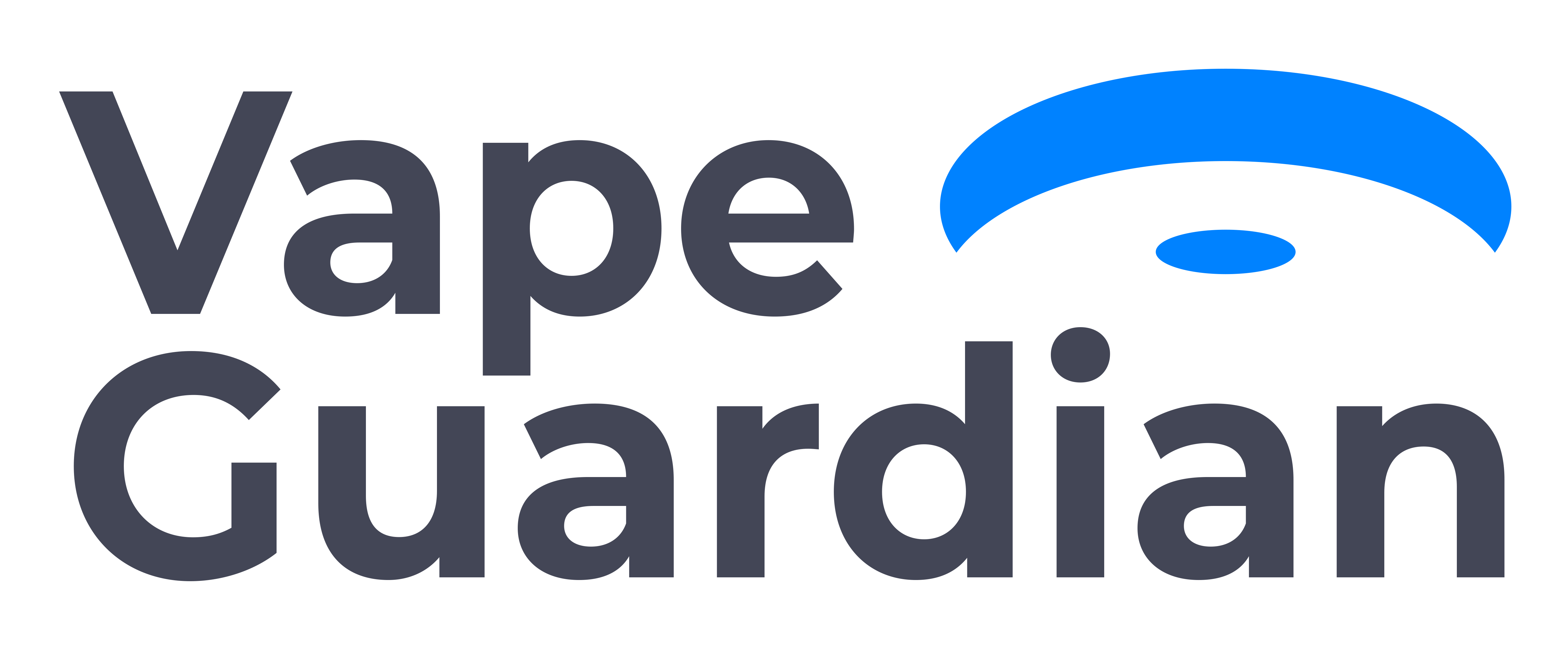

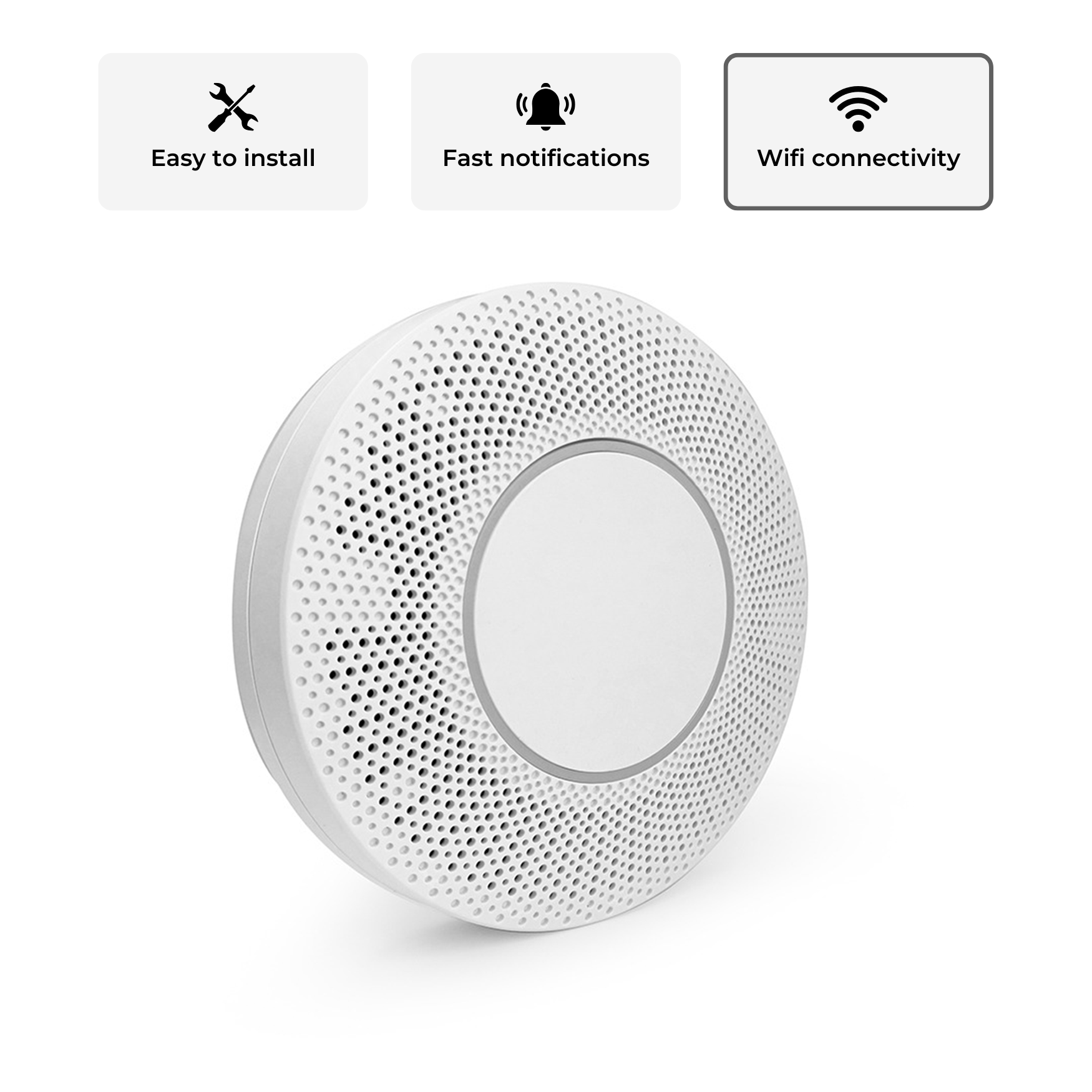
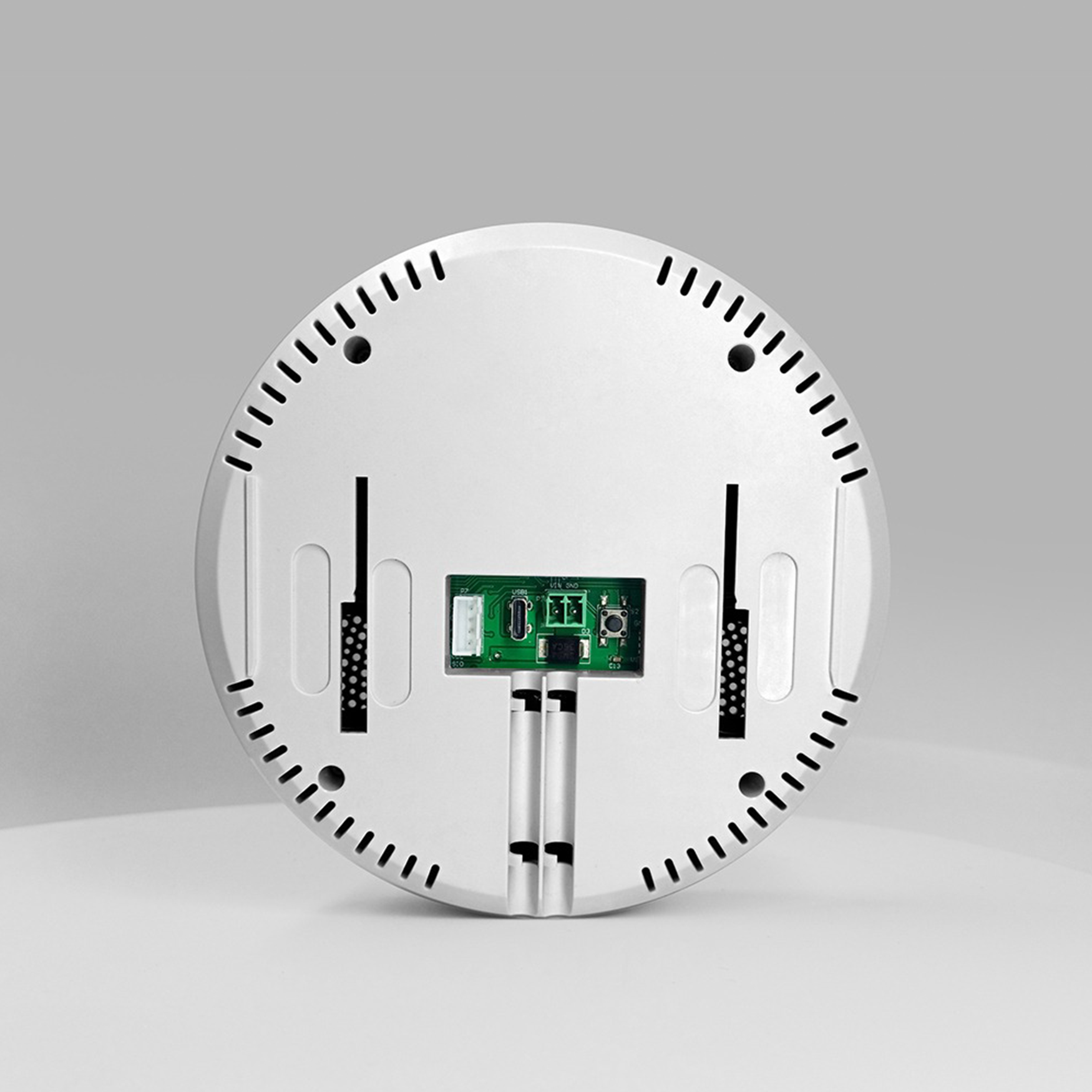

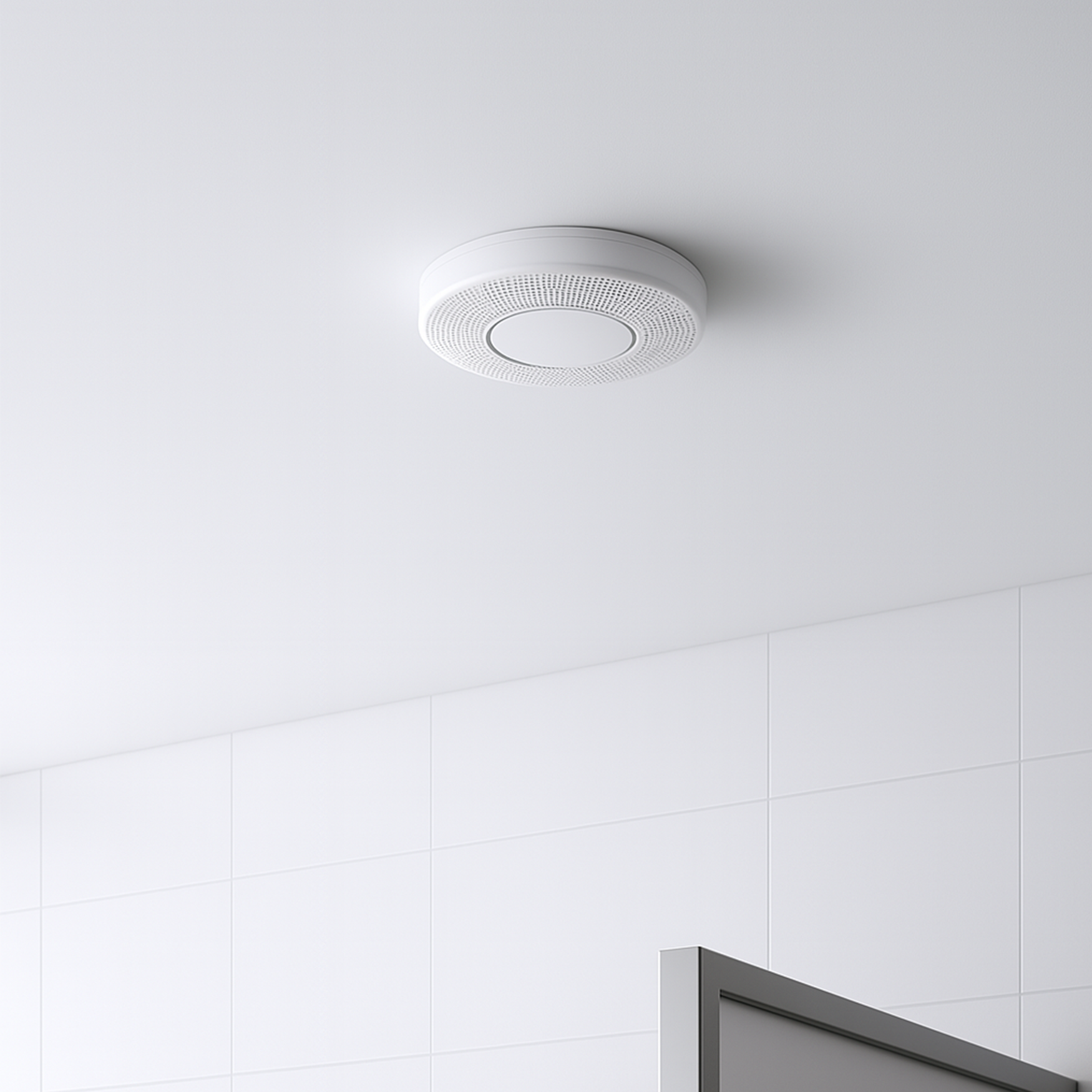
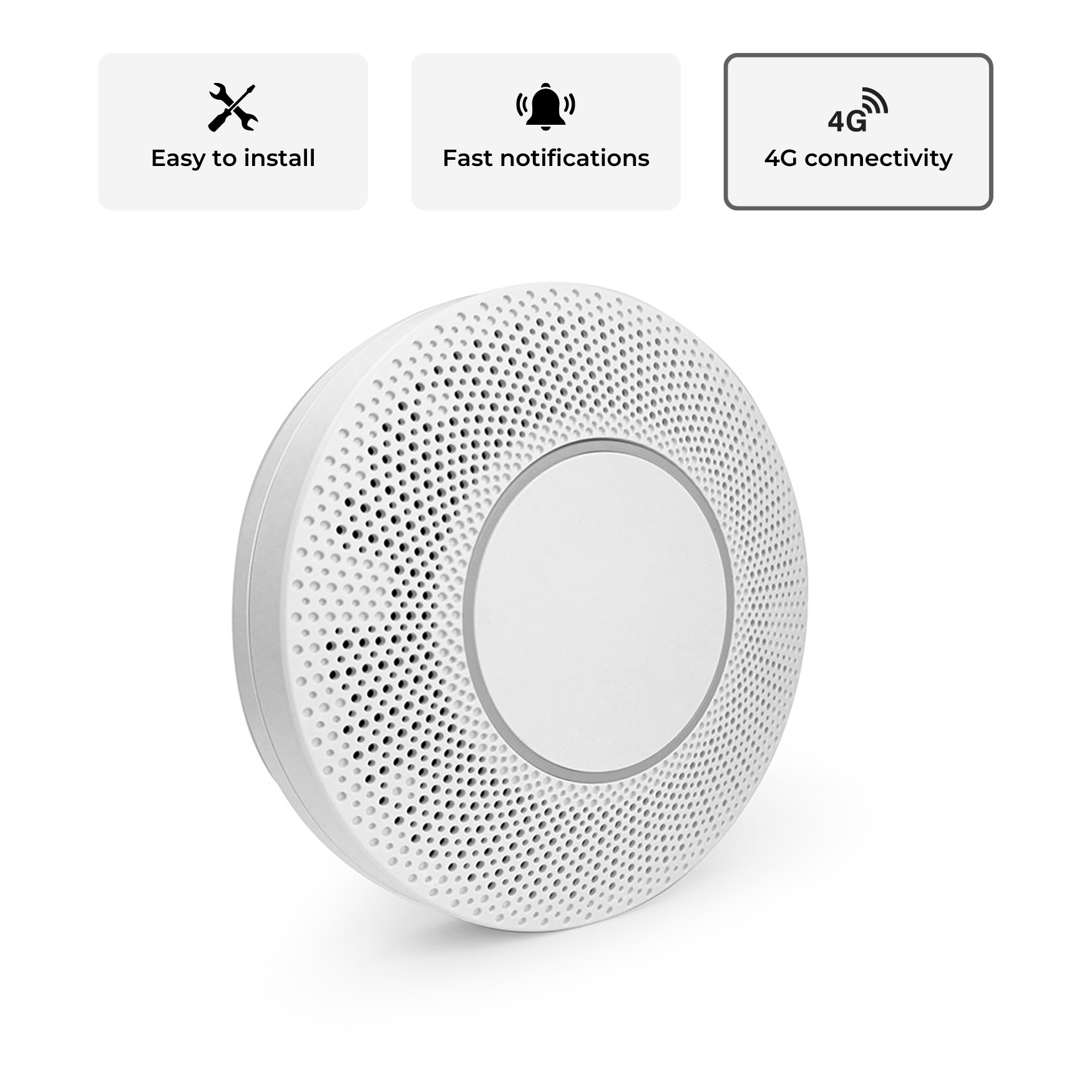
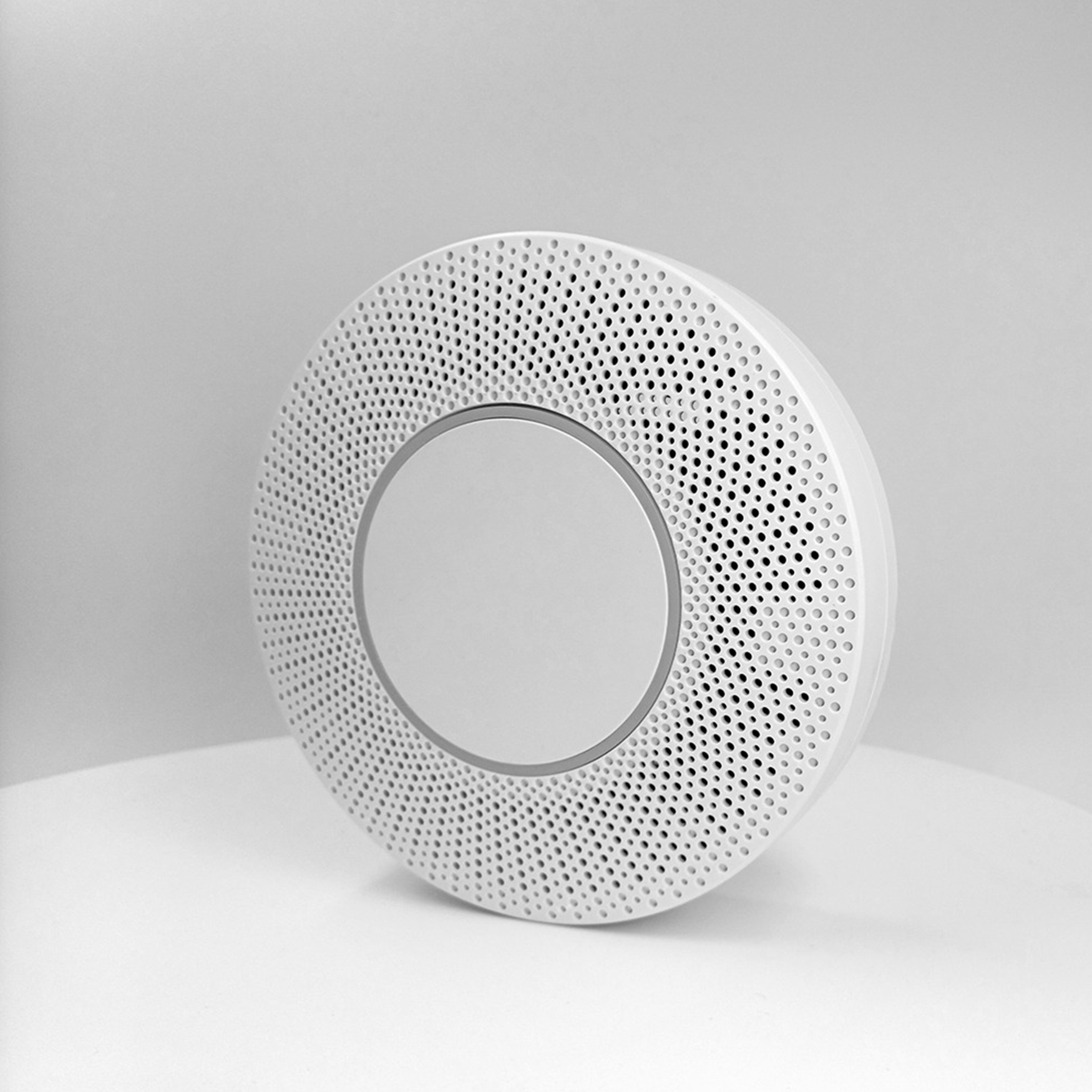
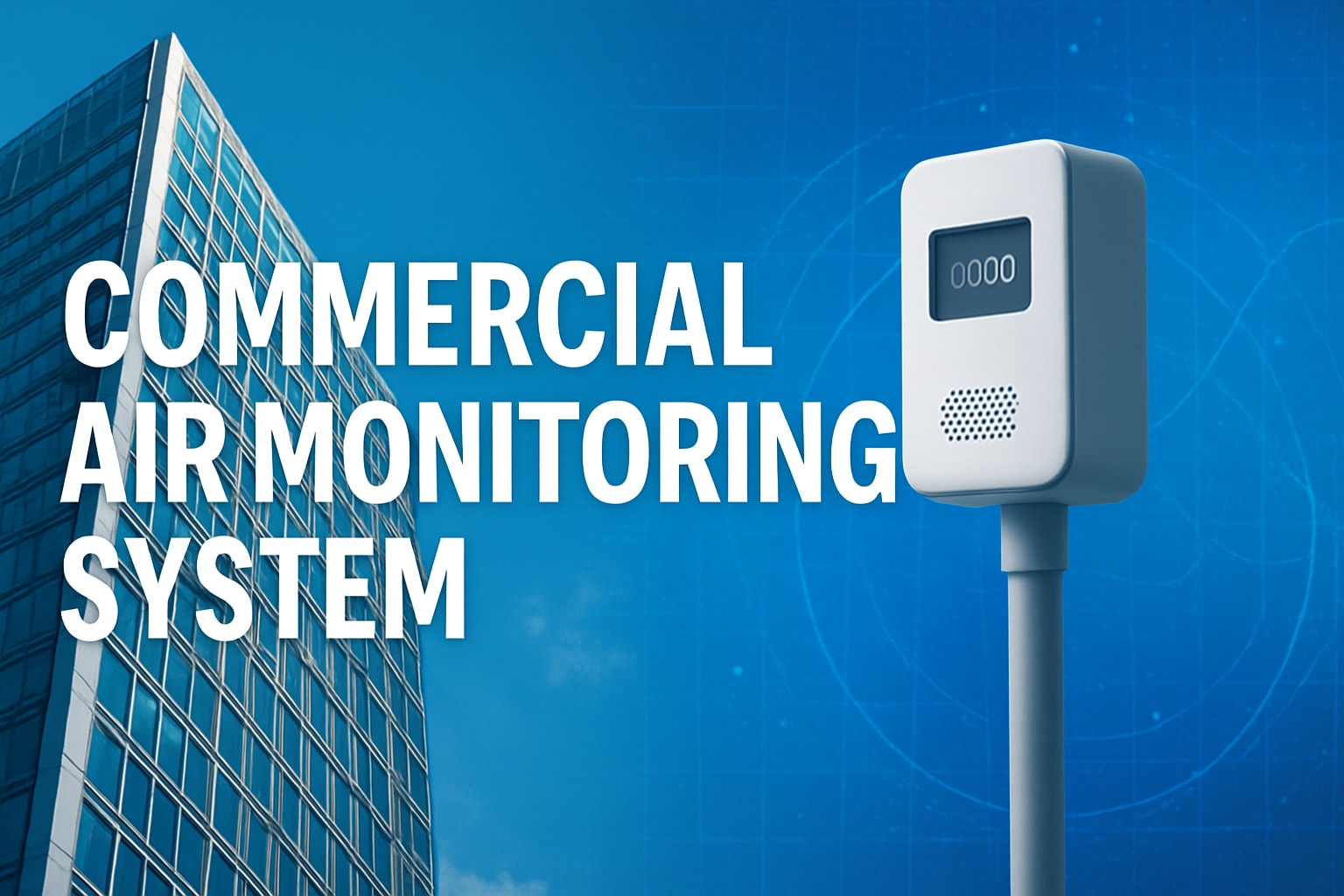


Share:
Smoking Monitor Guide: How to Track and Improve Habits 2025
Vapor Device Guide 2025: Your Essential Handbook